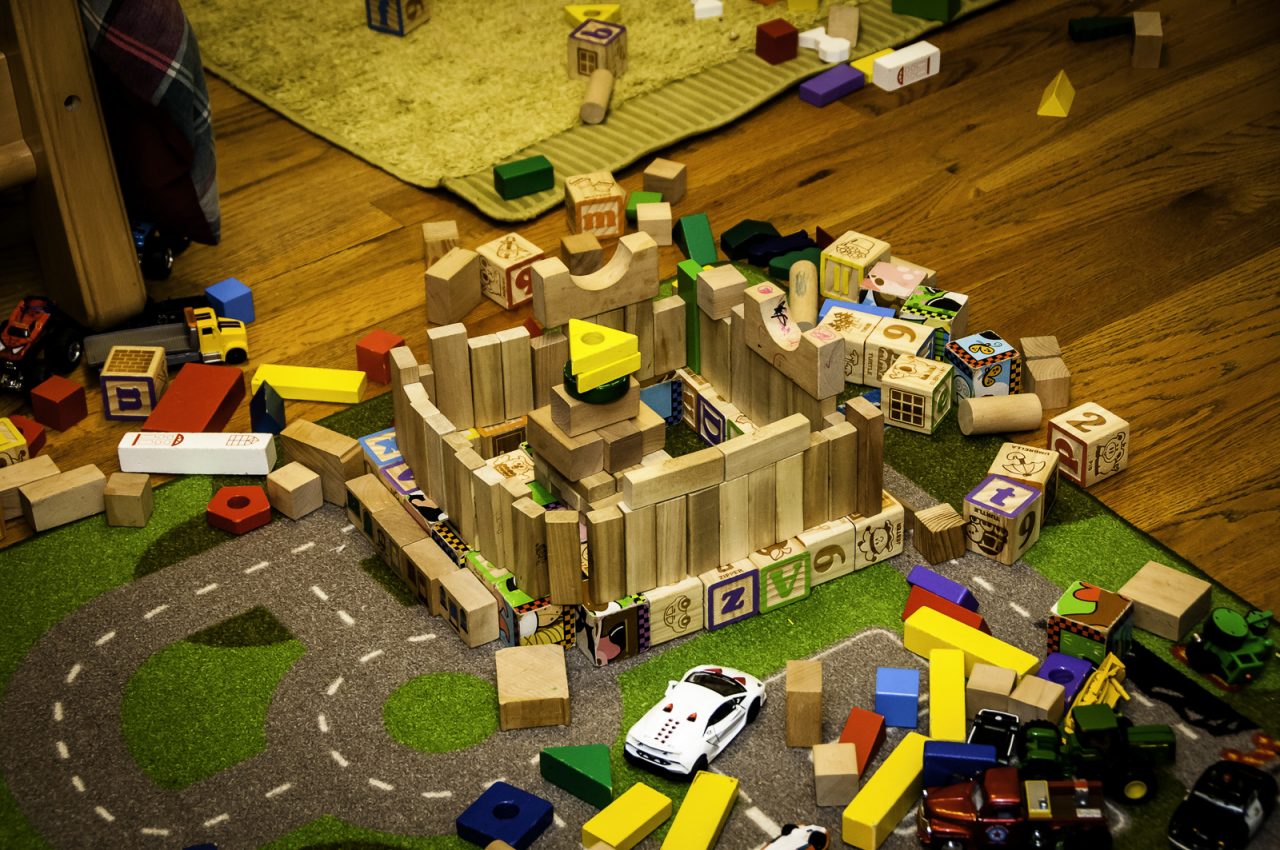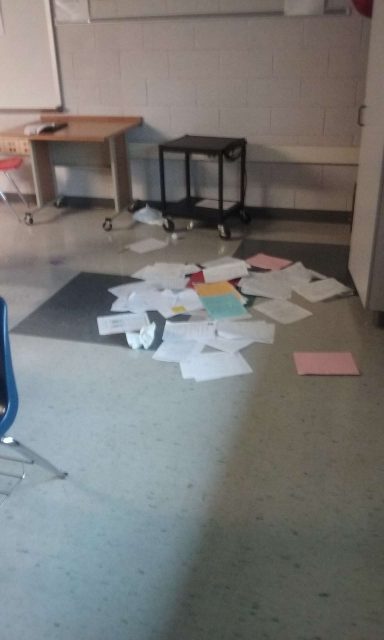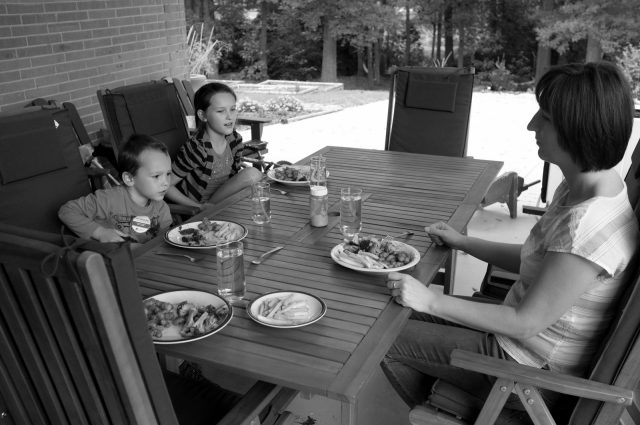I don’t know how many times I’ve told students that, nine out of ten times, it’s not what you do that gets you in trouble but rather how you react to being corrected. It’s not the phone out that’s the problem; it’s how you responded when told to put it away. It’s not the mild horseplay that’s the problem; it’s how you responded when told to stop. It’s not the talking; it’s the reaction to being told to be quiet.
Today, when I had hall duty, one young man insisted on chatting in the time before school actually begins, when all students sit in the hallway, leaning against the walls, and relatively silent. There’s always some whispering, and all teachers ignore that because it’s not a problem. It’s when the kids start talking, and then others talk, and then the first group has to raise their voices to be heard above the increasing din, and soon, it’s chaos on the hall. So we — as well as all other grade levels — insist on silence. This young man, though, insisted on chatting despite being told to stop talking.
In such situations, I take a simple strategy: I tell the kid to go to my classroom and wait for me there. “When it’s locker time and my duty is therefore over, I’ll come talk to you about this.” Most kids comply without issue. And what do I do when I talk to them? Sometimes I sign their school behavior cards (ROCK cards they’re called) on the positive side for complying without problems and tell them next time, it’s a negative. And sometimes, it’s a negative.
Today, I had a batch of kids that I’d never had to call down, so I took their names and told them I was pressing them into service for tomorrow: “You’re going to be my leaders, my CEOs, those who set the good example and get the others around you who are talking to stop and whisper instead.” I looked at them with a pause for effect, then asked, “And you know what happens to CEOs who don’t perform well, right?” One girl answered, “They get fired.” “And you know what that means for you, right?”
But one boy just couldn’t get past his sense of victimization. I told him, “P, you need to go to my room please.”
“What’d I do?” he asked indignantly.
“You just need to go to my room, alright.”
“I didn’t do nothin’.”
“You just need to go to my room, alright.”
“I didn’t do nothin’.”
“You just need to go to my room, alright.”
“I didn’t do nothin’.”
“You just need to go to my room, alright.”
“I didn’t do nothin’.”
Literally about that many times. Well, maybe not that many times: I don’t have that much patience. I just ended the encounter with him still sitting where he had been sitting, leaving him with the comment that he can discuss it with the assistant principal when I complete the disciplinary referral.
What will happen to him? He’ll get a day or two of In-School Suspension. Will that change him? Not at all. He sees himself as a victim — I don’t teach him, but all his teachers confirm this first impression.
It’s such kids’ futures that seem so bleak to me. How can someone like that hold down a job? How can someone like that even make it to an interview?
The only hope is age: perhaps in the next four years, by the time he becomes an adult, something will click.























